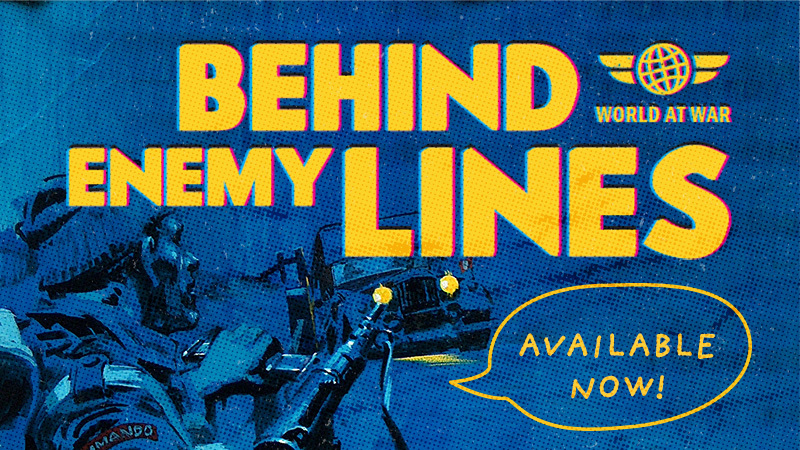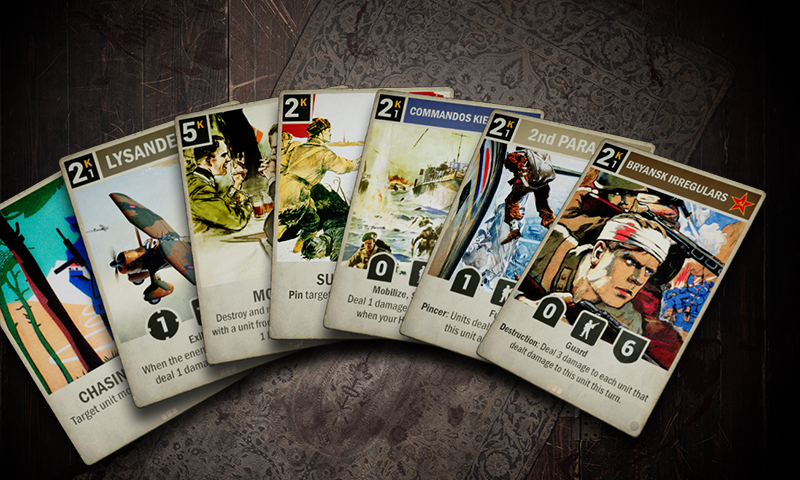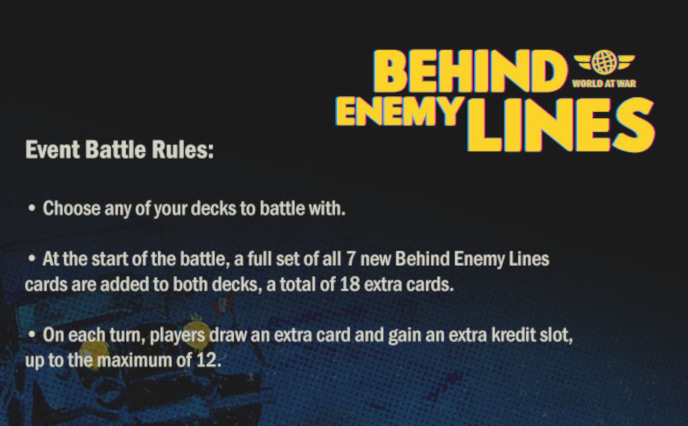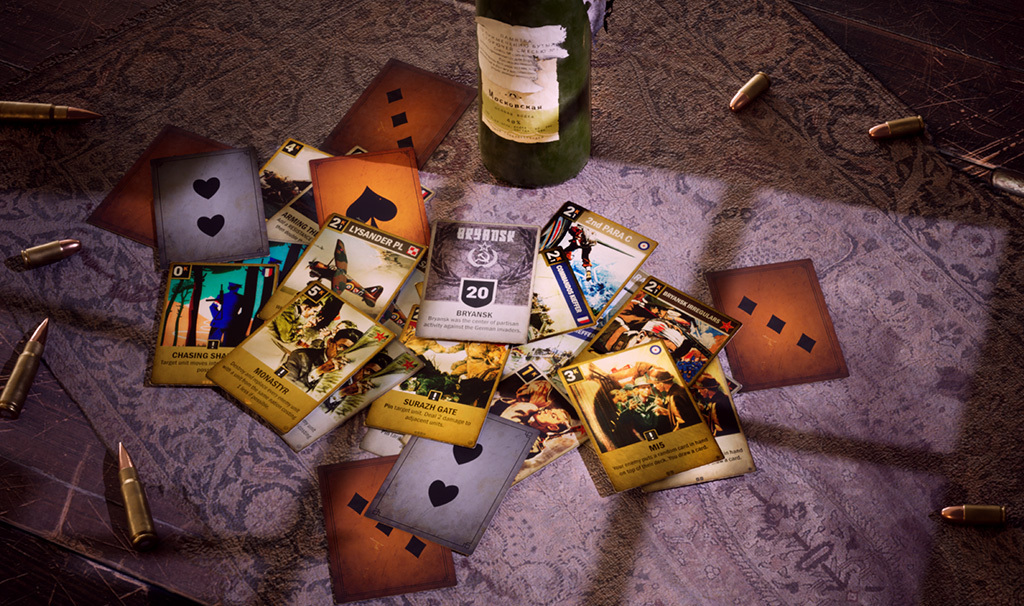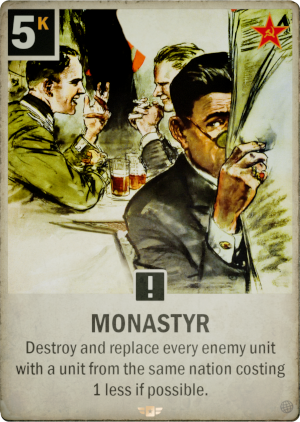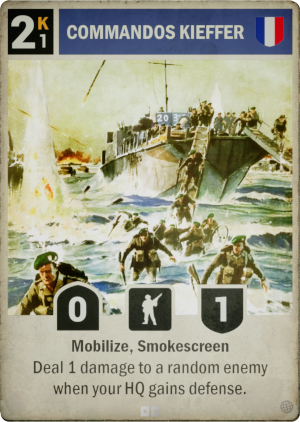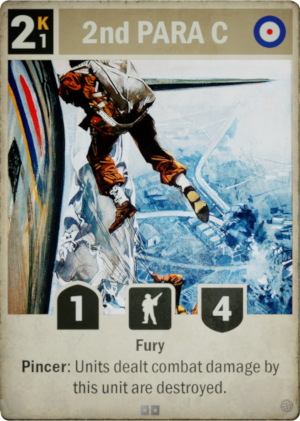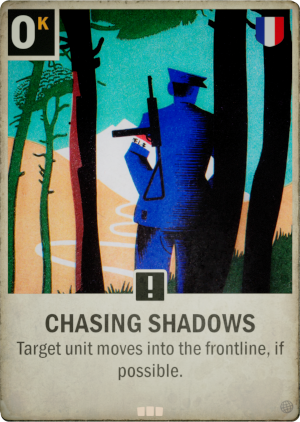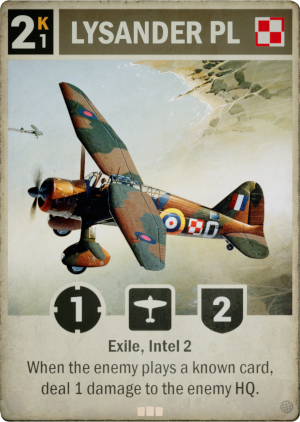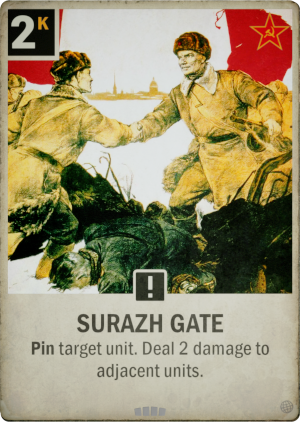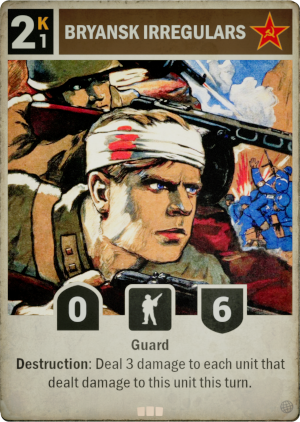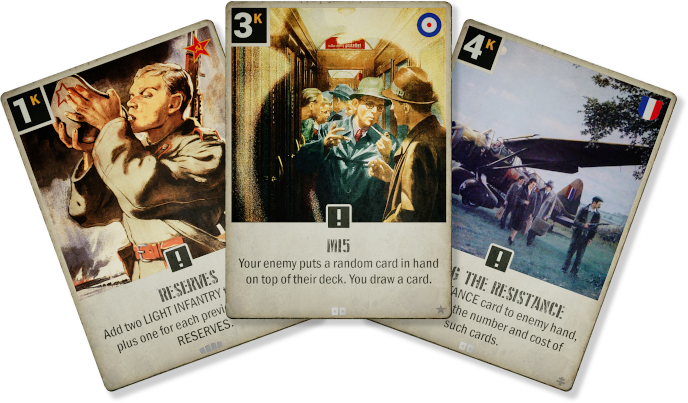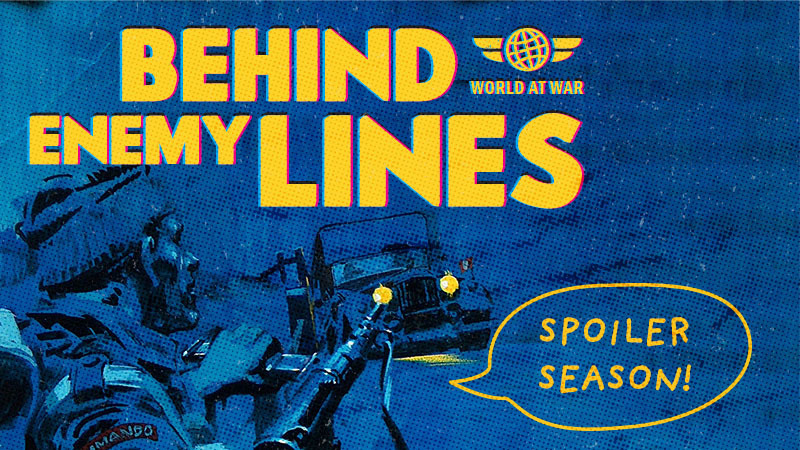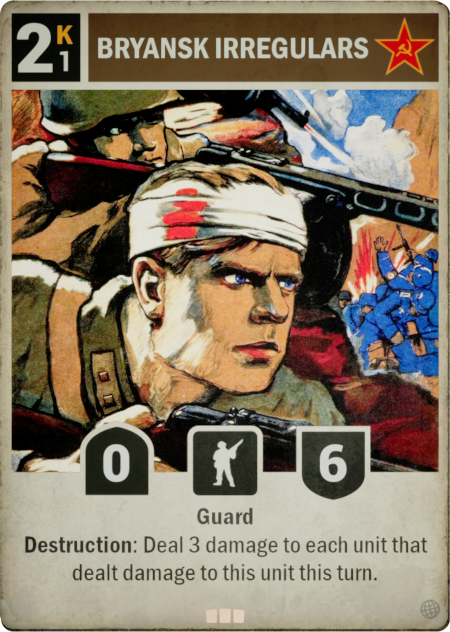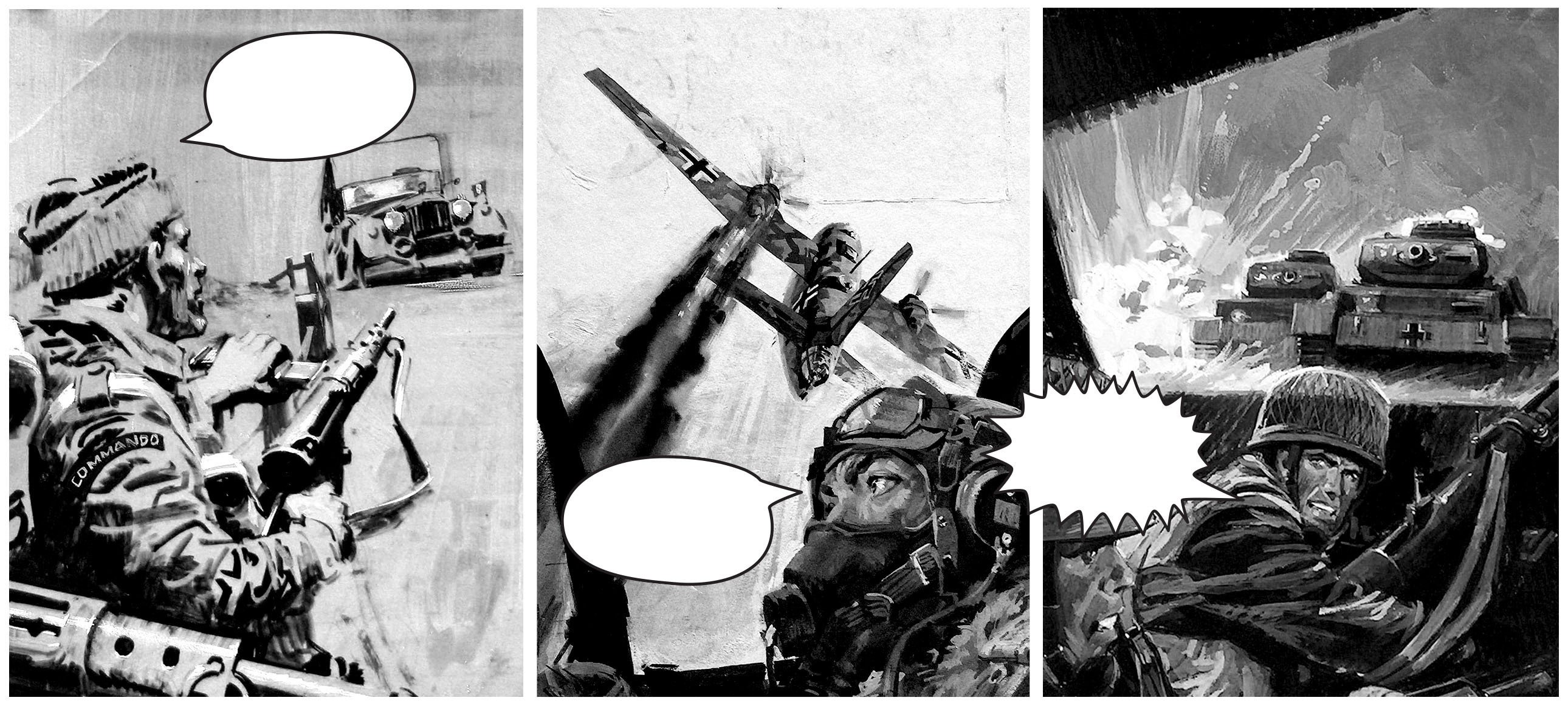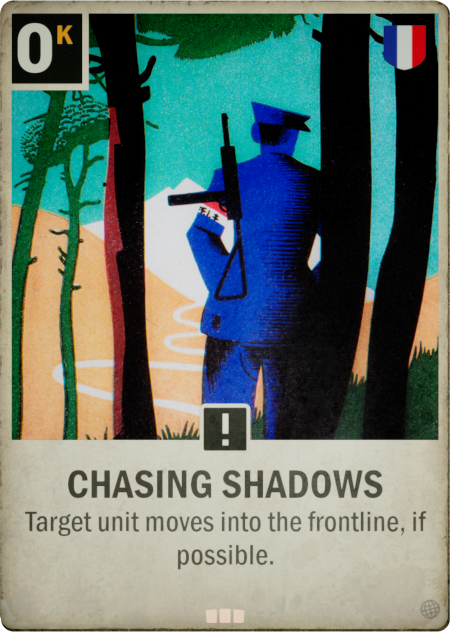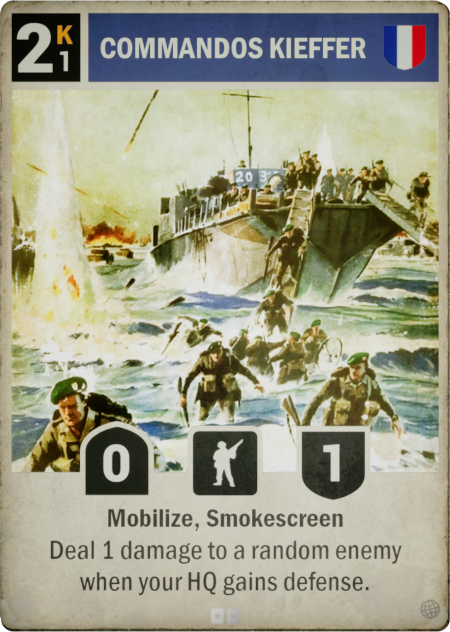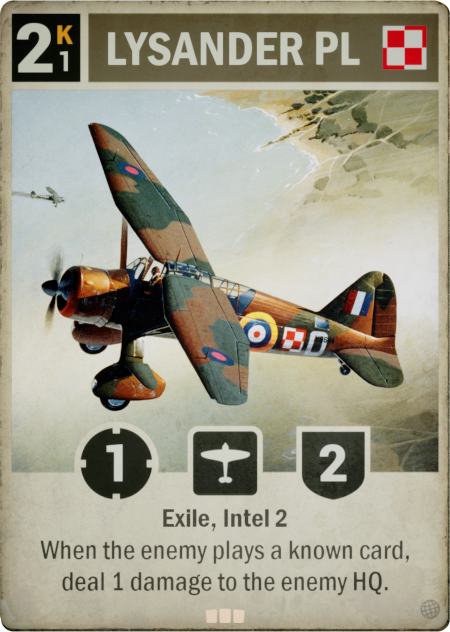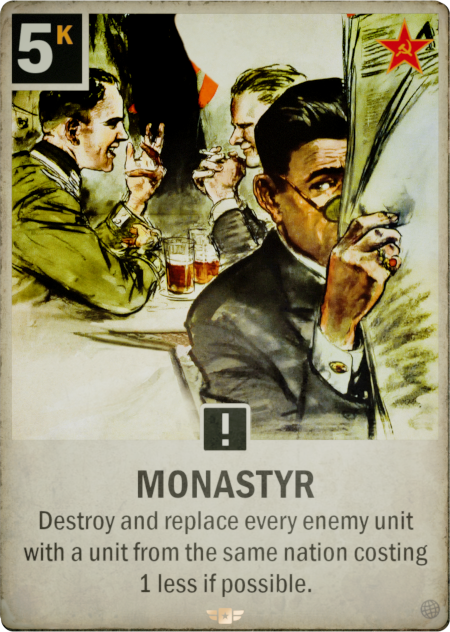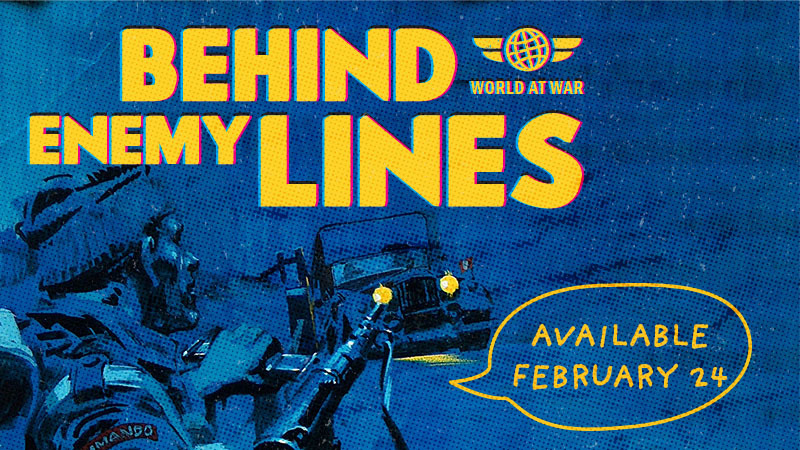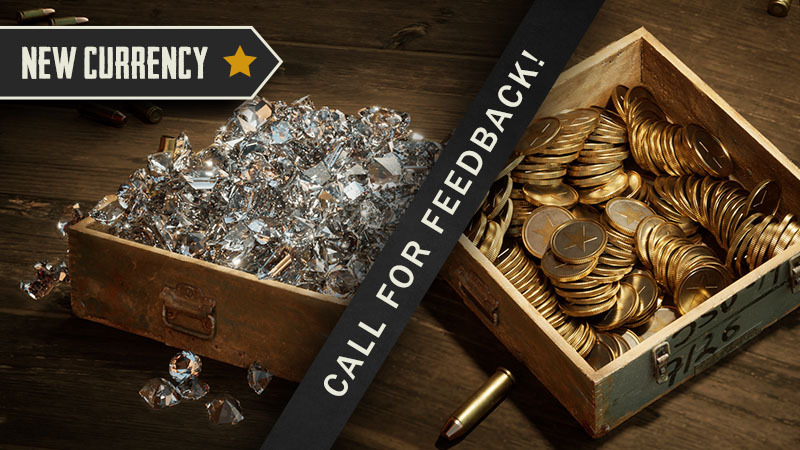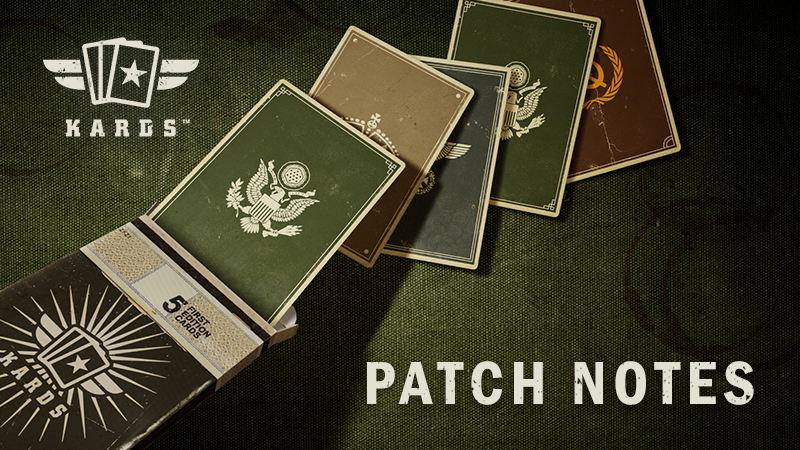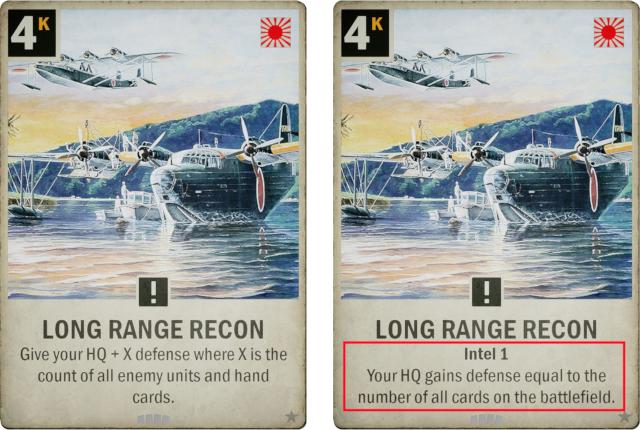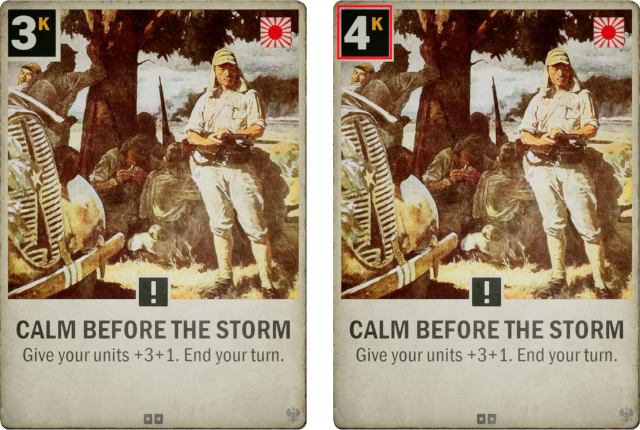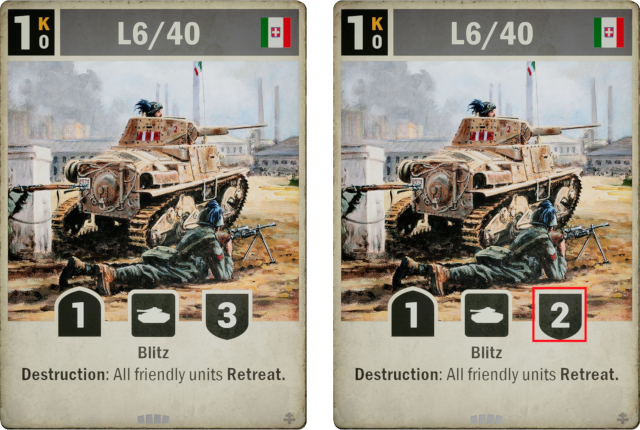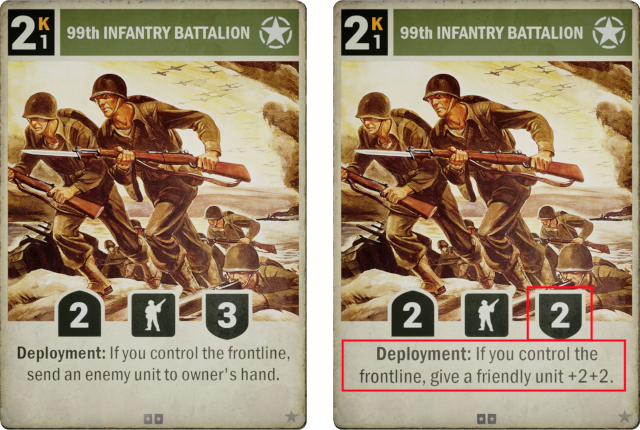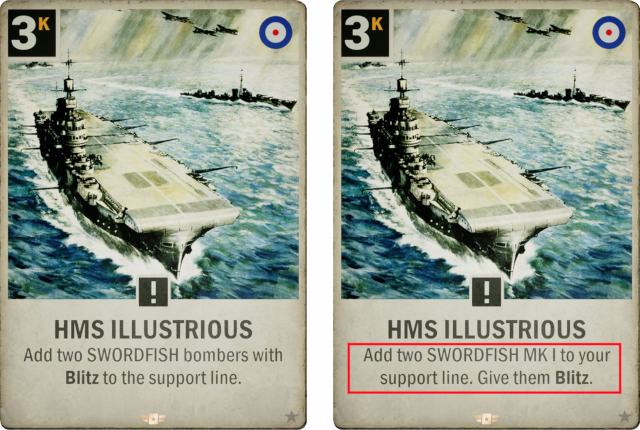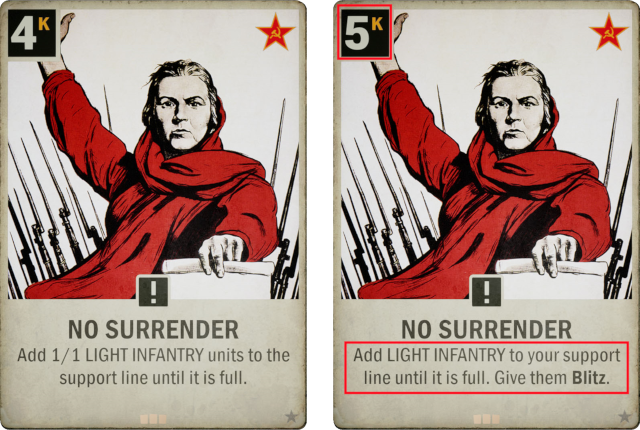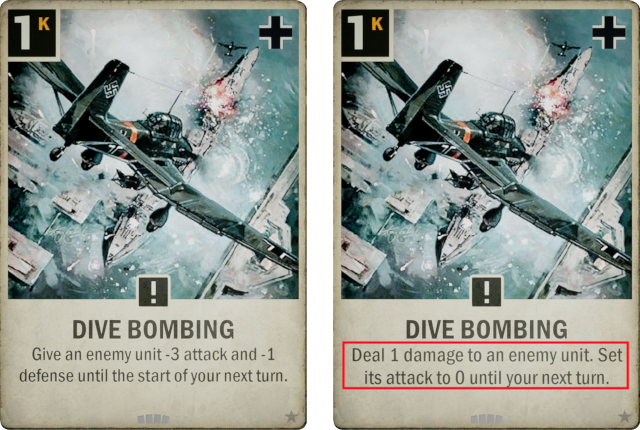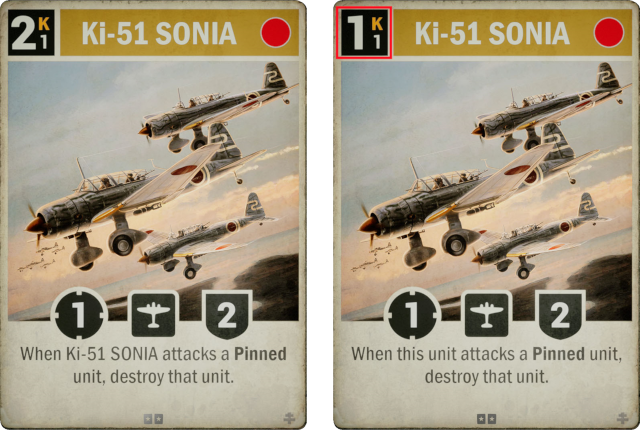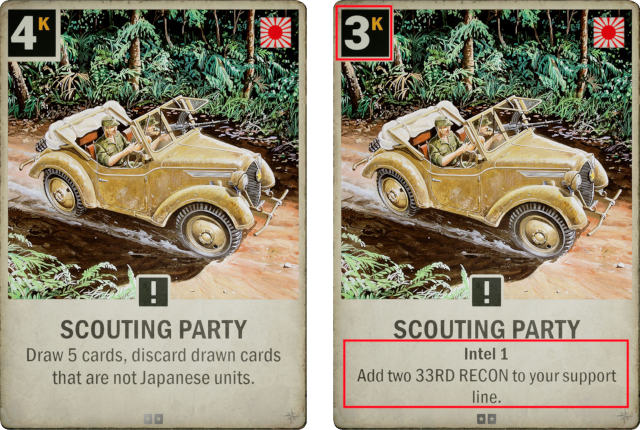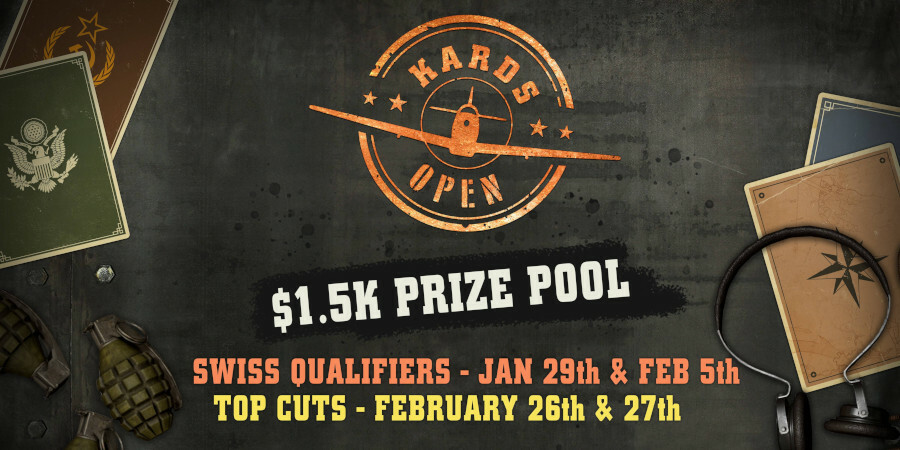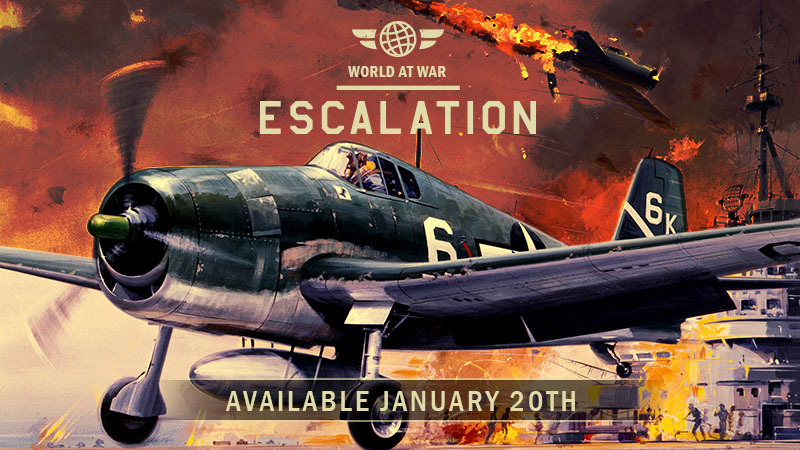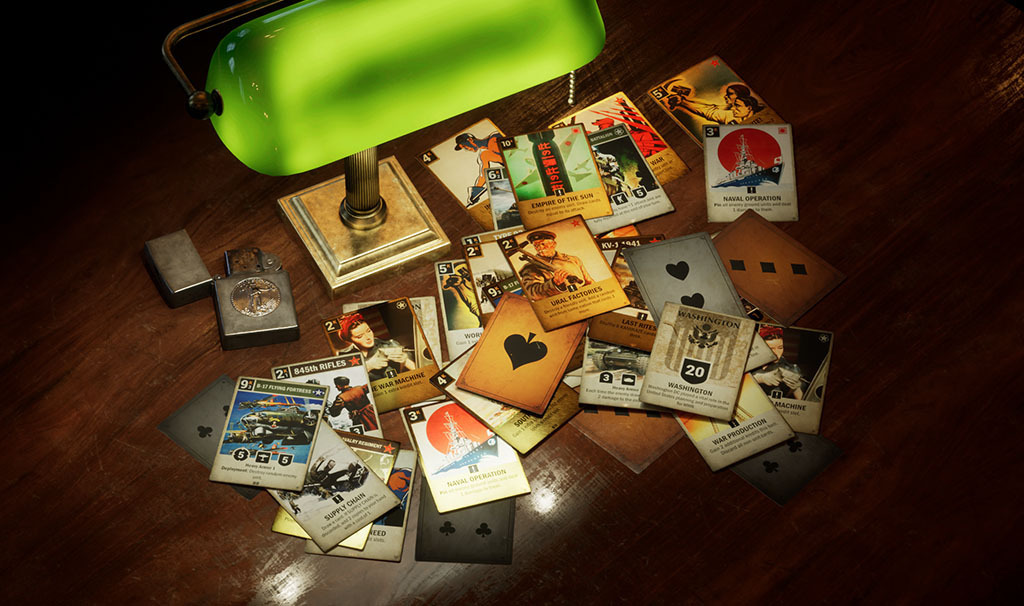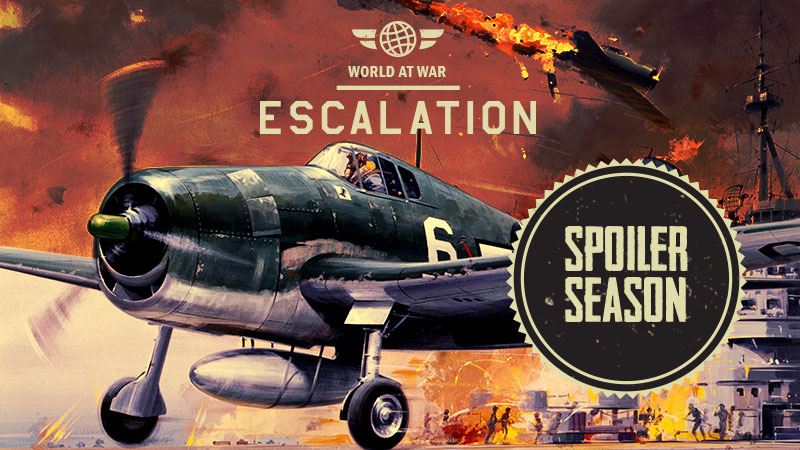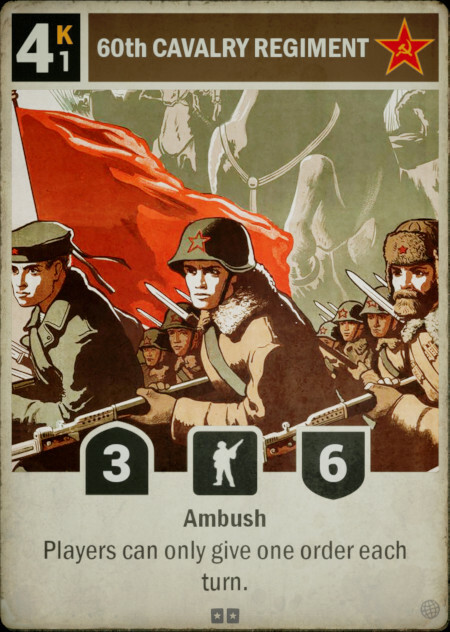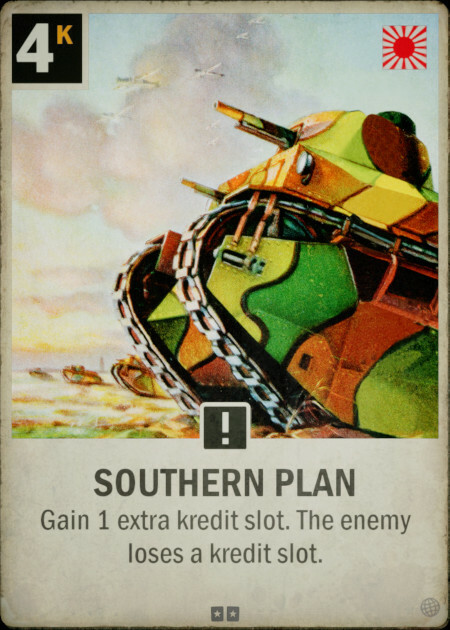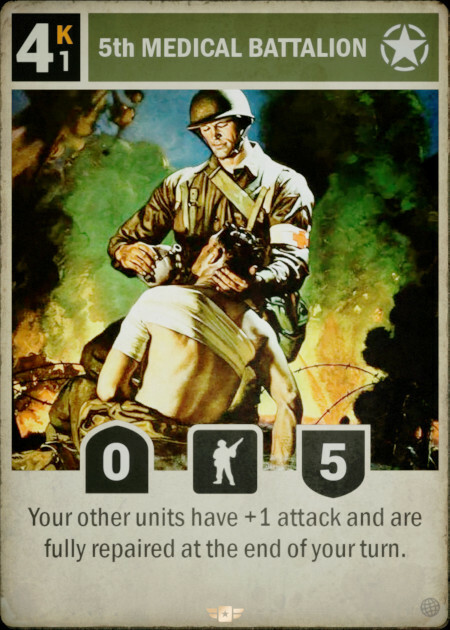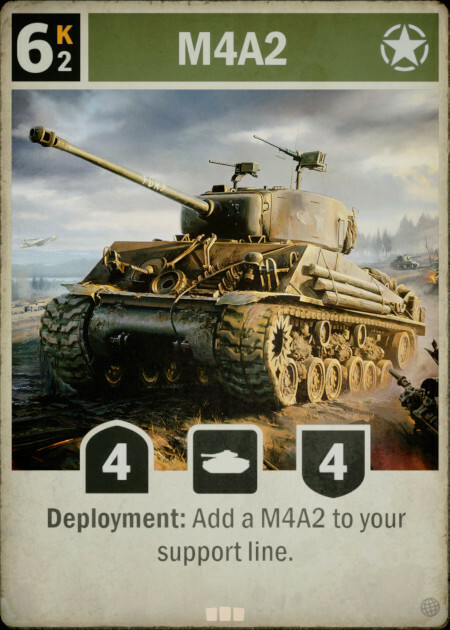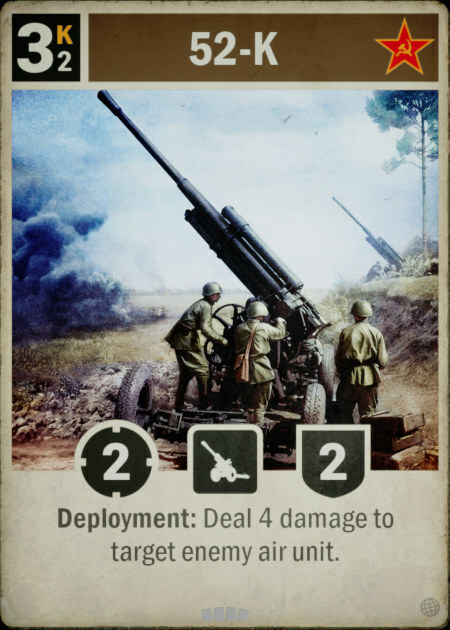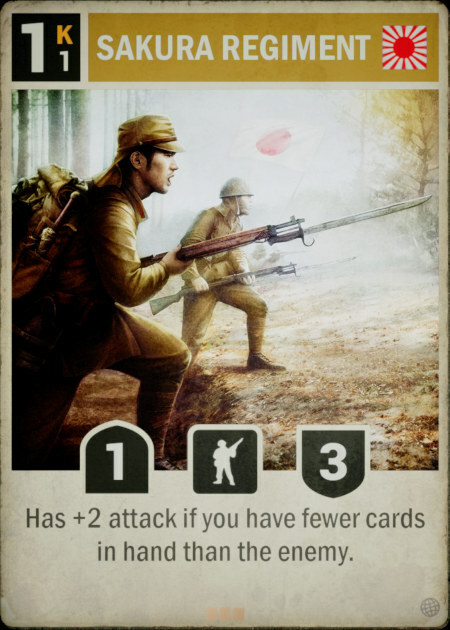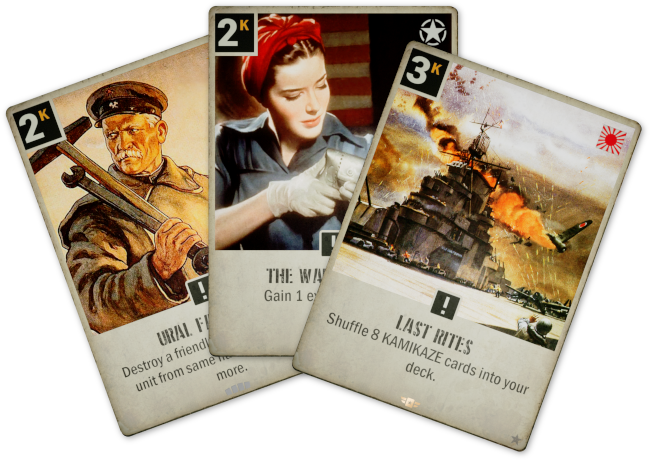
Mar 4, 2022
KARDS - The WW2 Card Game - Thomas

Hello everyone!
The meta has been evolving since the release of the last balance patch, World at War: Escalation, and World at War: Behind Enemy Lines. Overall, the diversity is increasing, which is one of our main goals for balance patches. We hope you can enjoy playing and battling against various decks.
USA Frontline midrange has dropped down a bit. Britain Air is maintaining its position firmly. Jaggro is also performing very well. Meanwhile, many control decks start to appear. Some are new, Japan/Poland deck for example; while others are simply coming back, Germany Discard for instance. The same trend was also spotted in the February OCC tournament. All the battles were recorded and can be found at our Youtube channel.
Now let’s take a look at what cards are going to be changed for March.
Adjusted down in power
CLOSE AIR SUPPORT
Old: Give a friendly unit +X+X where X is the number of British air units you control.
New: Target friendly British air unit and its adjacent units get +1+1.
The Britain Air deck has been one of the most popular decks for a very long time, which is good. We are very happy to know that our players enjoy such decks. The Air deck will be slowed down a bit with this change. However, buffing multiple units at the same time also means they will not be as vulnerable to single target cards as they are now, for example Flammpanzer and M16 HALF-TRACK. This new ability is also more thematic and might be used in other decks.
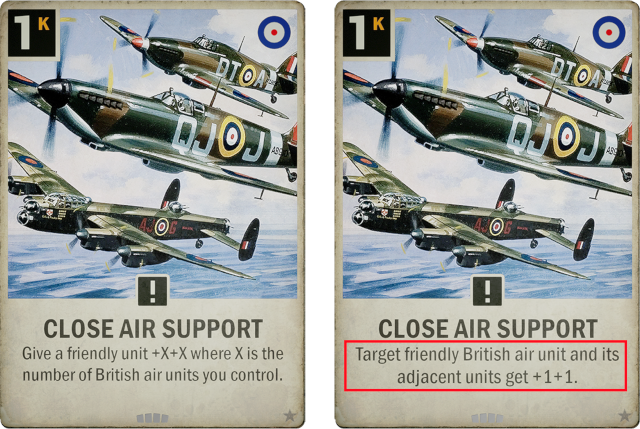
Strategic Changes
175TH MOTORIZED
Old: Your tanks cost 1 less to deploy, to a minimum of 1.
New: Destruction: All your Soviet tanks in hand and deck cost 1 less to deploy.
The old ability is nice and could shine sometimes. However, those medium and heavy Soviet tanks are not motorized at all, as this unit is forced to exchange in most cases for the HQ to survive. We hope this new ability will help Soviet tanks perform better in the middle and late game.
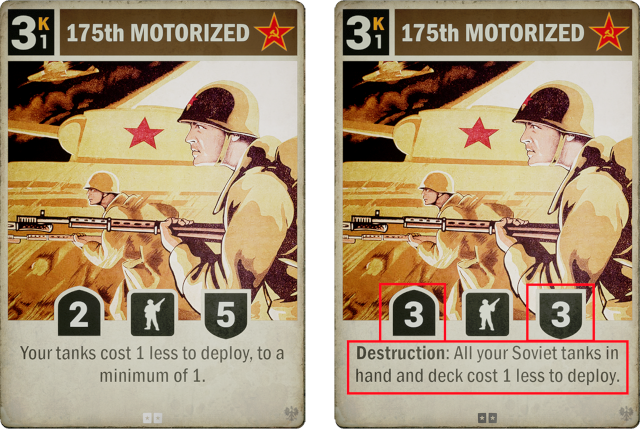
UNITED WE STAND
Old: Until the start of your next turn, attacks cannot put your HQ defense below 1.
New: Deal 2 damage to a unit. If this destroys it, gain 1 extra kredit slot.
Standing together doesn’t always mean defending til the last breath. It could also mean fighting back and providing more resources.
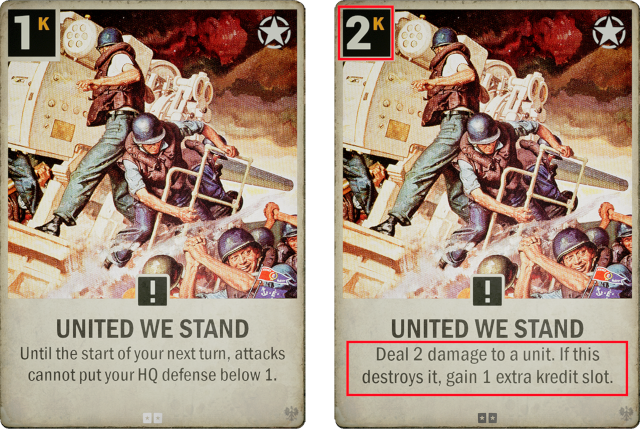
Adjusted up in power
332ND ENGINEER REGIMENT
Old: Deployment: Gain 1 extra kredit slot.
New: Deployment: Gain 1 extra kredit slot. Your HQ gains +2 defense.
Obviously, this regiment is not bringing enough resources to the battlefield. That is why nobody likes it. Let’s load the truck with more goods for the battle.
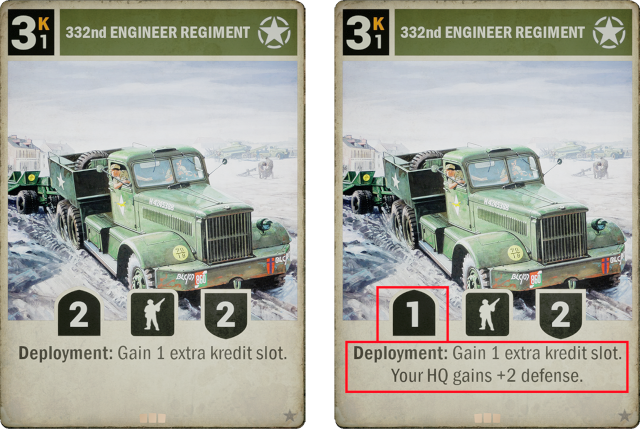
NAVAL TASK FORCE
Old: Cost 2
New: Cost 1
This “Choose One” option seems to be too expensive. Reworking a couple of cards for sending units back to hand doesn’t mean all such cards are going to be changed. Conditional or not cost effective retreating will remain as an interesting strategy. We will keep monitoring such cards and might adjust their costs accordingly.
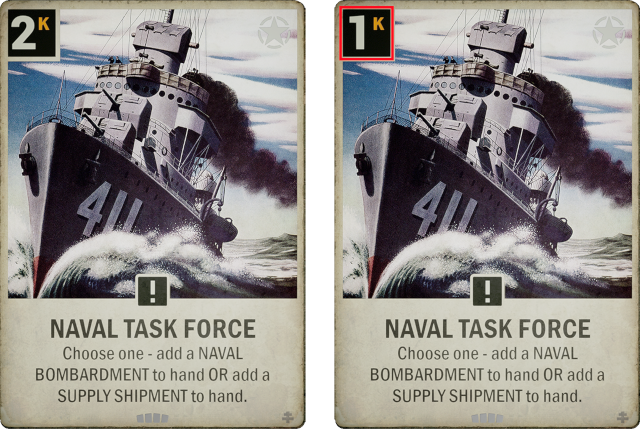
10TH GUARDS REGIMENT
Old: When 10th GUARDS REGIMENT receives damage, give it +1 attack.
New: When this unit takes damage, it gets +2 attack.
“+1 attack” is ignored quite often. The threat from +2 attack could be a different story though. Soviet does have quite a few cards that can trigger this ability. This might give the counter offensive deck a small push.

P-47D THUNDERBOLT
Old: Attack 3. When P-47D THUNDERBOLT destroys a unit in combat, draw a card.
New: Attack 4. When this unit destroys an enemy unit, draw a card.
THUNDERBOLT isn’t really bringing any thunder. What can a 3 attack fighter do on the battlefield? The difference between 3 and 4 attack usually matters quite a lot. In addition, “in combat” is removed. Maybe some new cards that can trigger its ability besides combat?

8TH CAVALRY REGIMENT
Old: Operation Cost 2
New: Operation Cost 1
Immune is quite an attractive ability. Maybe it is just too slow to catch up on the battlefield. Let’s see if a reduced operation cost can make your HQ safer.
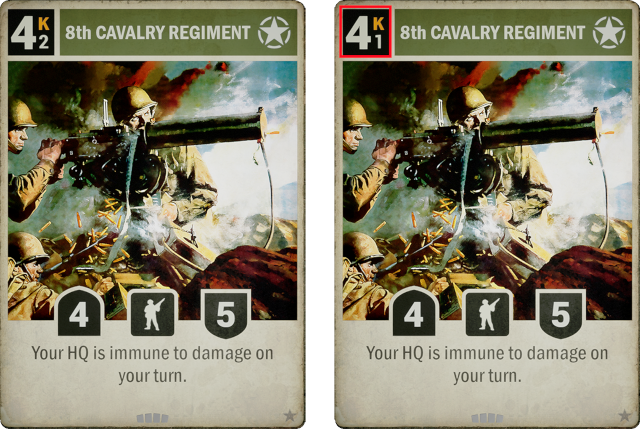
LAND OF THE FREE
Old: Target friendly unit has 0 operation cost.
New: Reduce a unit’s operation cost to 0.
Freedom is always a double edged sword. Operating for free is not always beneficial either. A 1-cost DIRECT HIT could easily remove such units.
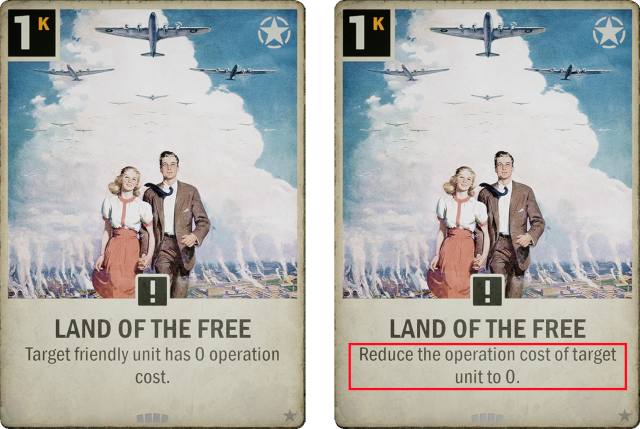
TYPE 96 AA GUN
Old: Cost: 4
New: Cost: 3
The Type 96 25mm anti-aircraft gun is designed to be an efficient card against air units. With a reduced cost, it will be more handy for battling against air decks.
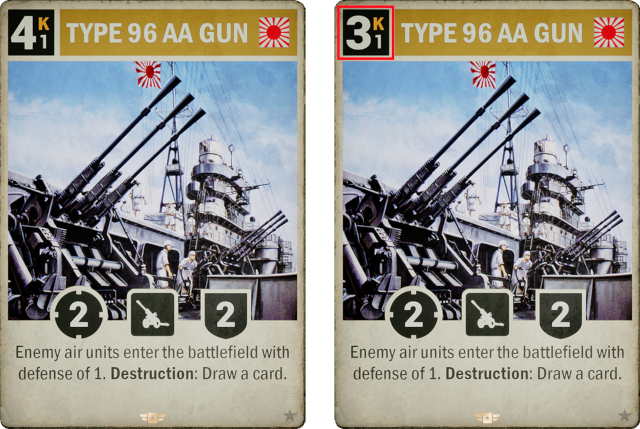
That is all, these changes will be live soon. We will monitor closely how the meta will change afterwards. Please continue giving us your feedback, which is very valuable to us.
Thanks and see you on the battlefield, commanders!




